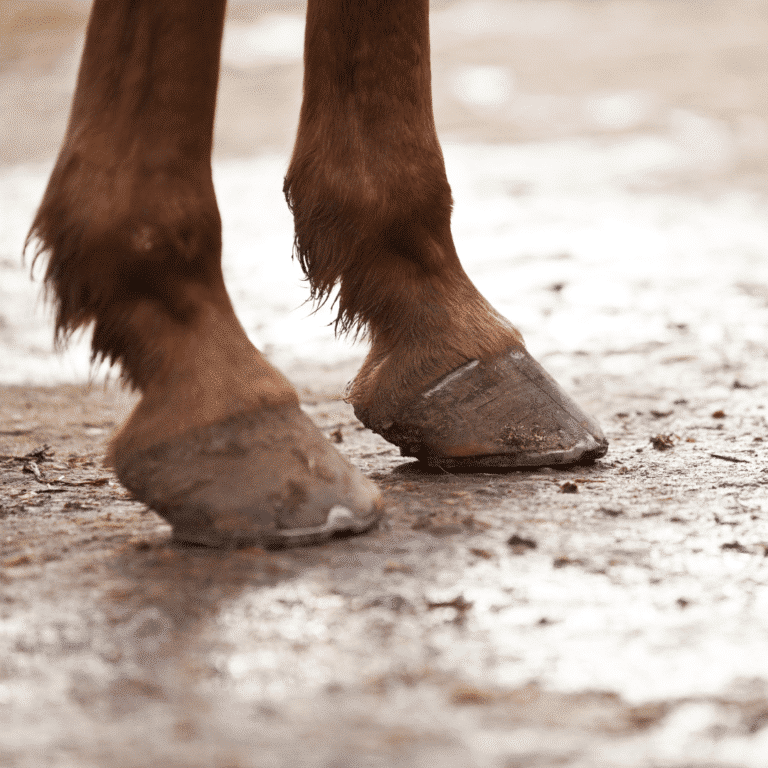
Equine Keratoma (Hoof Tumor)
Equine Keratoma (Hoof Tumor) Seek veterinary advice before applying any treatment. A keratoma is a rare benign tumour of the
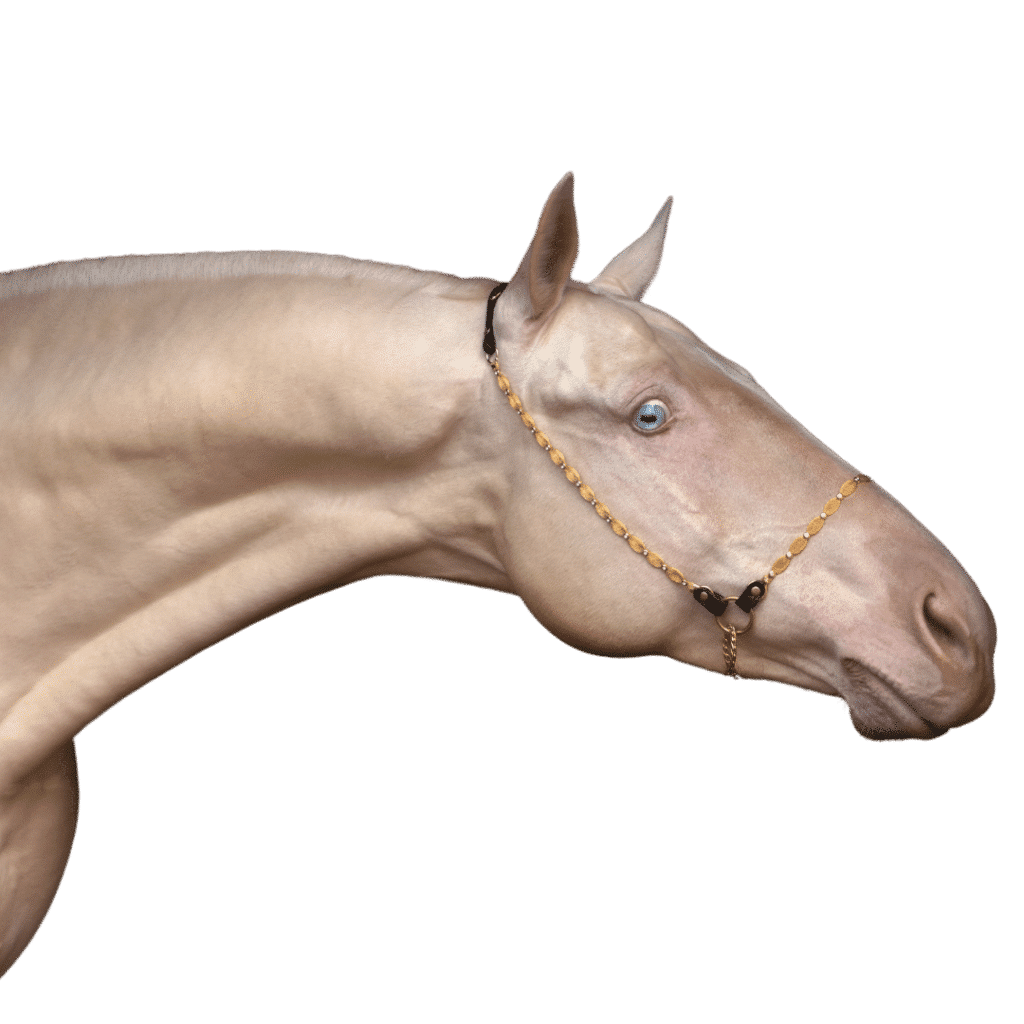
Welcome to the immersive journey into the world of equine diseases, where we explore the intricate facets of pattern recognition, detailed symptomatology, comprehensive descriptions, effective treatment modalities, and proactive prevention measures.
Learn more about all the different types of diseases, everything from cancer, respiratory, genetic and viral diseases.

Equine Keratoma (Hoof Tumor) Seek veterinary advice before applying any treatment. A keratoma is a rare benign tumour of the
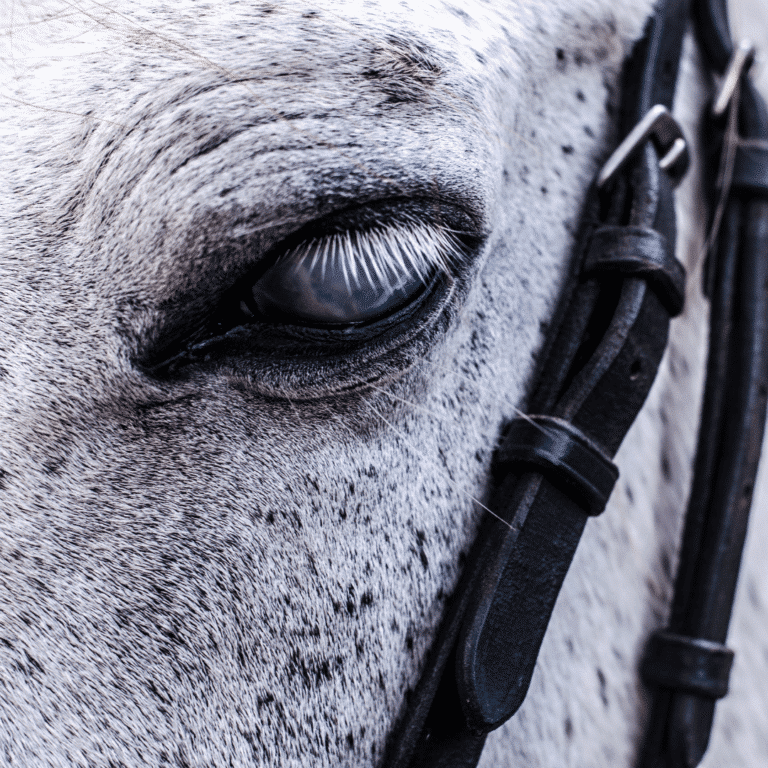
Equine Recurrent Uveitis (Moon Blindness) Seek veterinary advice before applying any treatment. Equine Recurrent Uveitis also referred to as Moon

Lethal White Overo Syndrome This disease is fatal, and cannot be cured or adequately treated and is expected to result

Cribbing Seek veterinary or behaviourist advice if you suspect this disorder. Cribbing is a common behavioural disorder observed in horses,
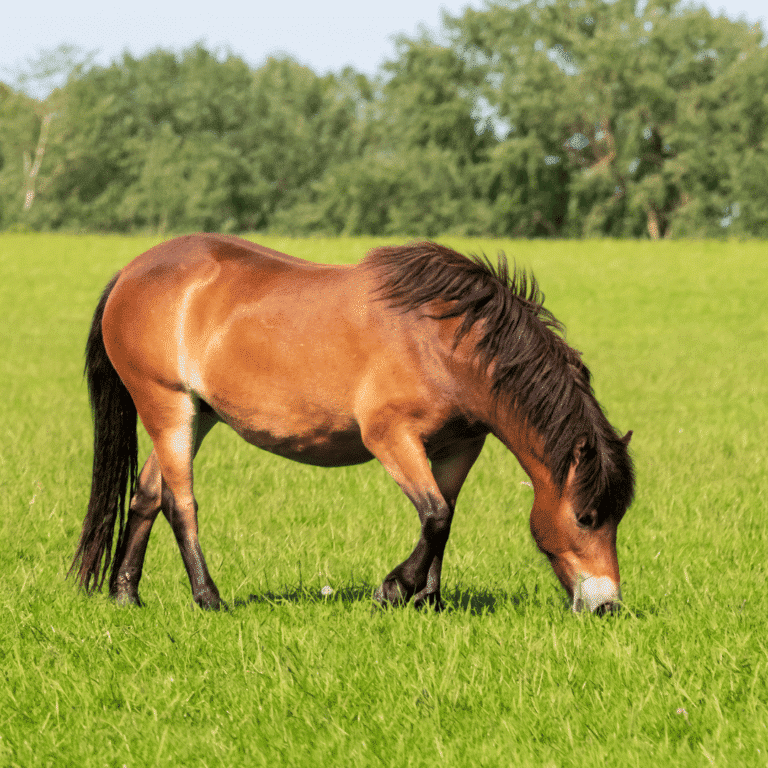
Equine Grass Sickness (Equine Dysautonomia) This disease is life-threatening and should be treated by a veterinarian swiftly. Equine grass sickness

Shipping Fever (Pleuropneumonia) Seek veterinary advice if you suspect this disease. Shipping fever in horses, also known as equine shipping

Equine Metabolic Syndrome (EMS) Seek veterinary advice if you suspect this disease. Equine Metabolic Syndrome (EMS) is an endocrine disorder,
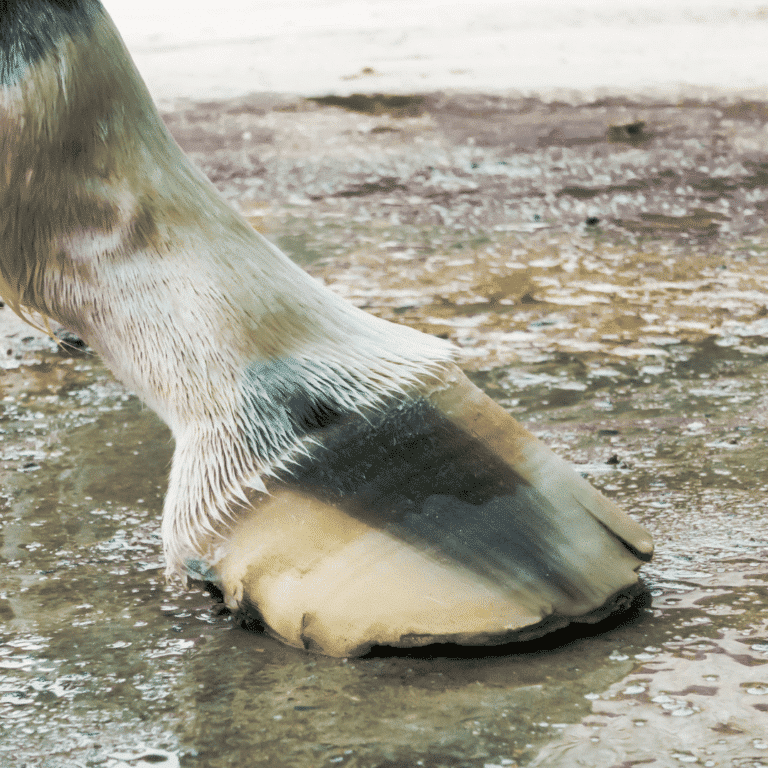
Equine Thrush Seek veterinary advice before applying any treatment. Thrush is a common bacterial infection of a hoof’s frog. The
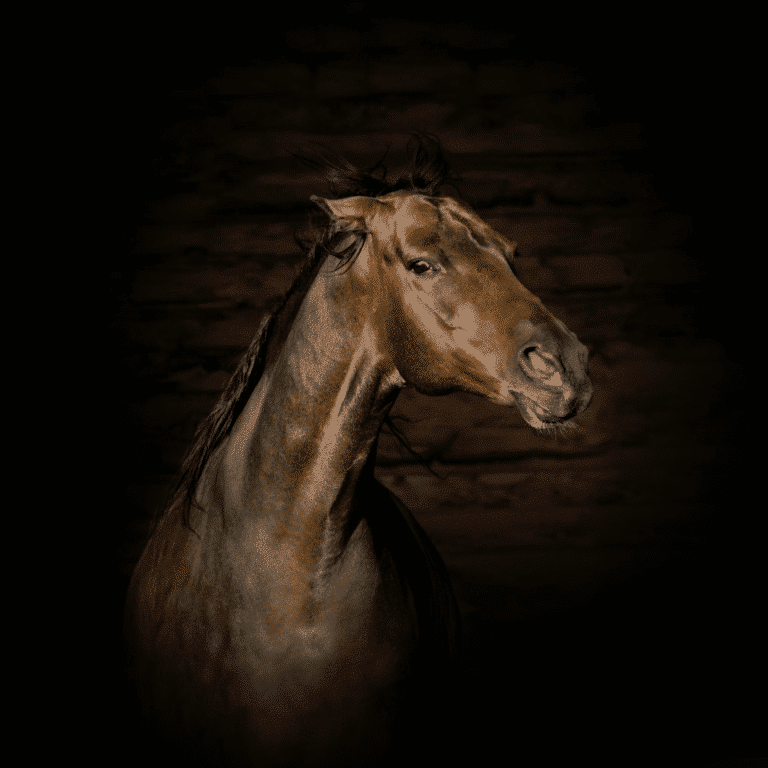
Equine Rabies This disease is fatal and reportable, it cannot be cured or adequately treated and is expected to result

Foal Immunodeficiency Syndrome (Fell Pony Syndrome) This disease is fatal, cannot be cured or adequately treated and is expected to
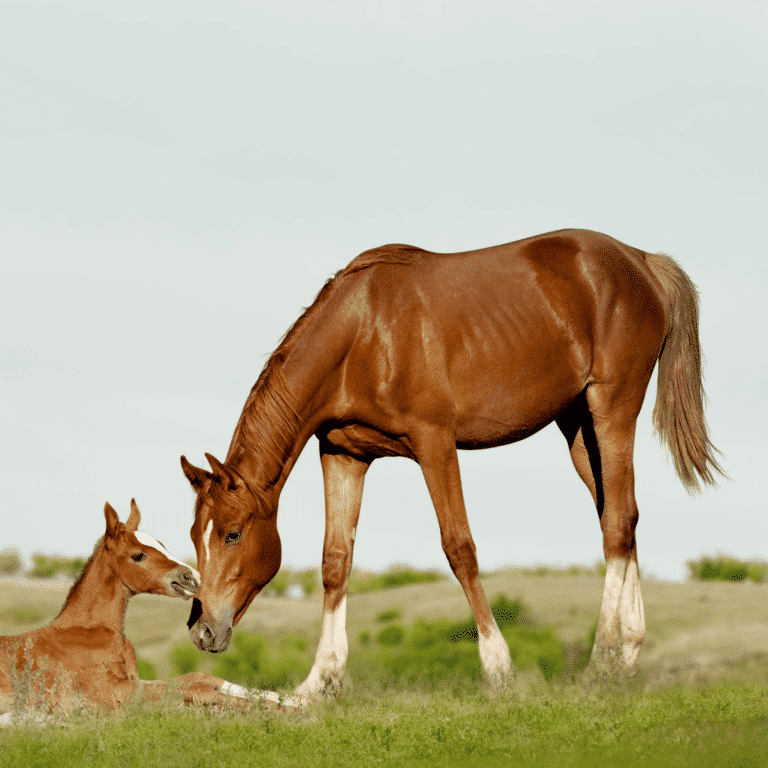
Contagious Equine Metritis (CEM) Seek veterinary advice if you suspect this disease. Contagious Equine Metritis (CEM) is a sexually transmitted
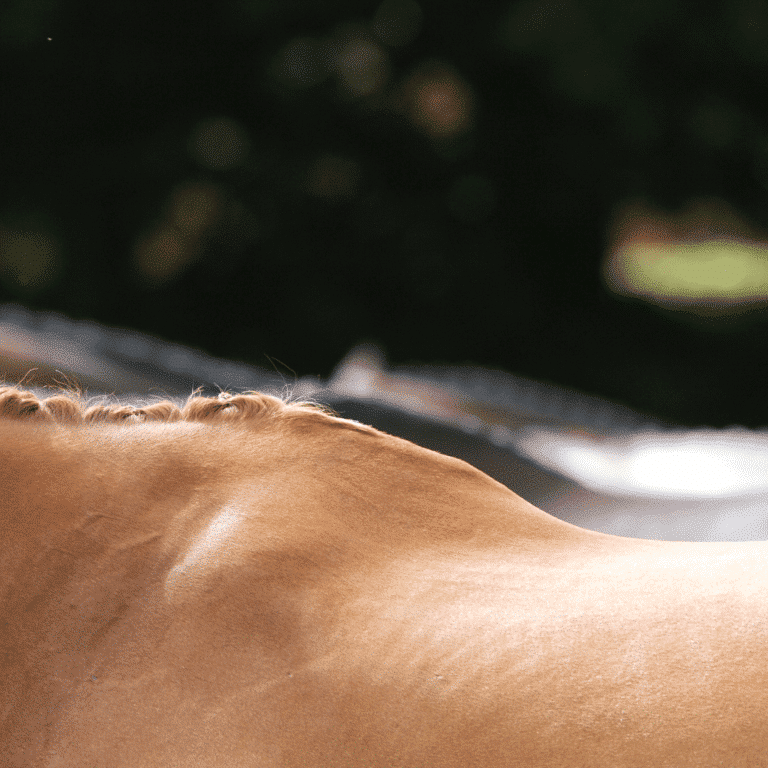
Kissing Spines Seek veterinary advice if you suspect this disease. Kissing spines is a skeletal abnormality which describes a condition

Equine Melanoma Seek veterinary advice if you suspect this disease. Melanomas are cancerous growths most commonly associated with mature grey

Equine Exertional Rhabdomyolysis (Tying-Up) This disease is life-threatening and should be treated by a veterinarian swiftly. Equine exertional rhabdomyolysis, more
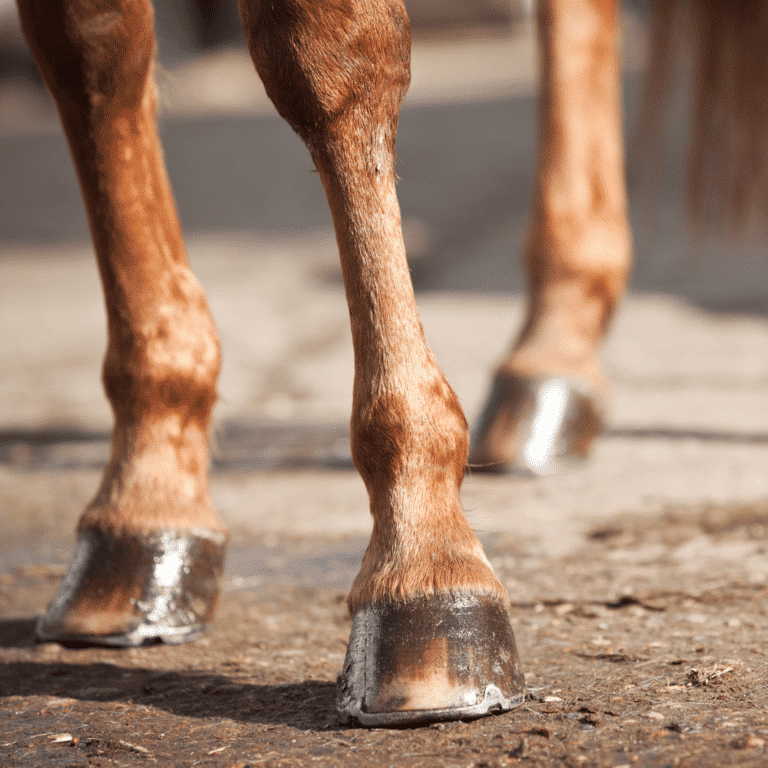
Degenerative Suspensory Ligament Desmitis (DSLD) Seek veterinary advice if you suspect this disease. The exact cause of DSLD has not

Equine Allergy Seek veterinary advice before applying any treatment An allergy is an exaggerated response from the immune system to
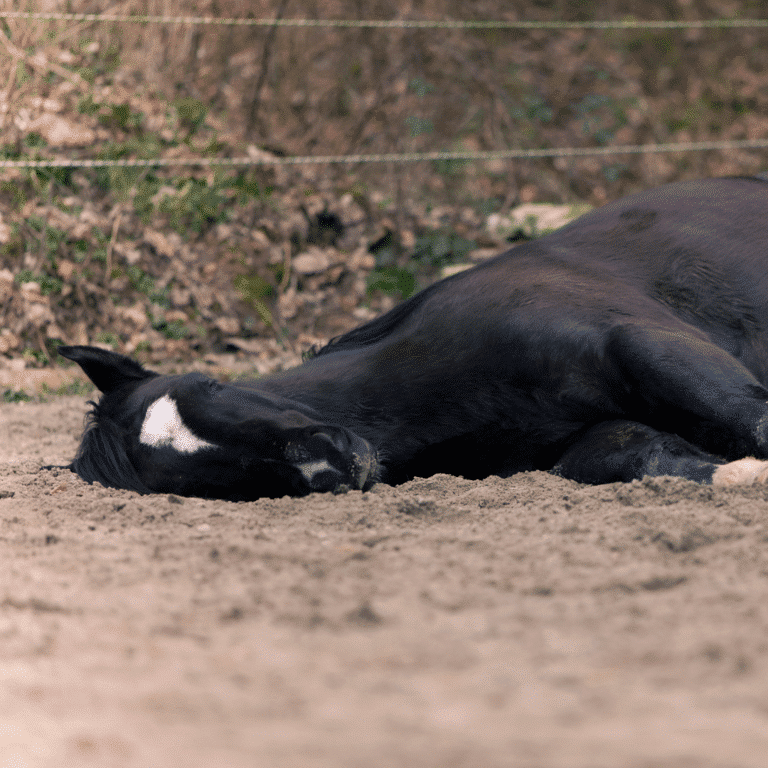
Equine Colic This disease is life-threatening and should be treated by a veterinarian swiftly. There are several types of Colics
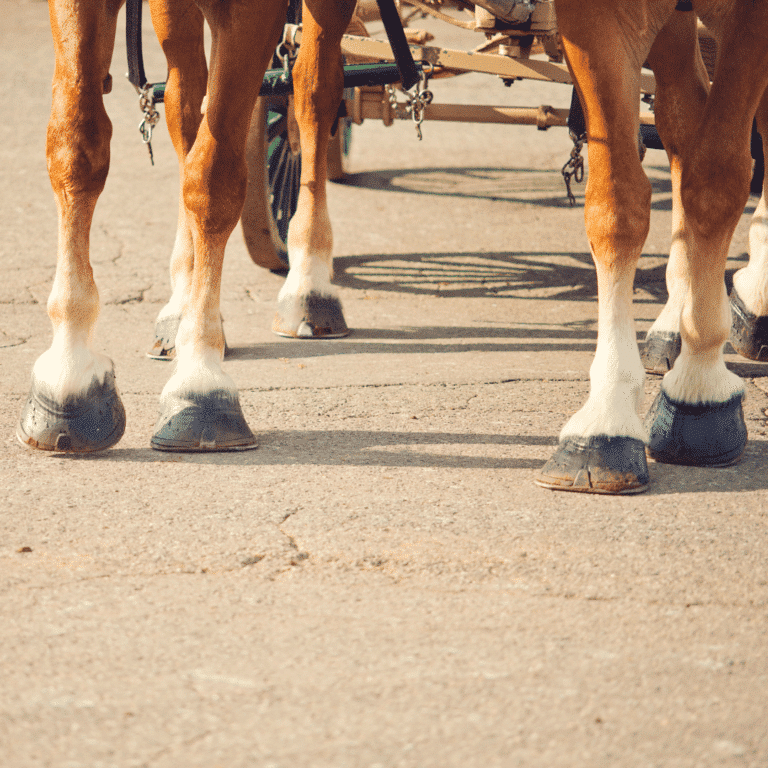
Coronary Sinus (Quittor) Seek veterinary advice before applying any treatment. Quittor is a term used to describe chronic infection of
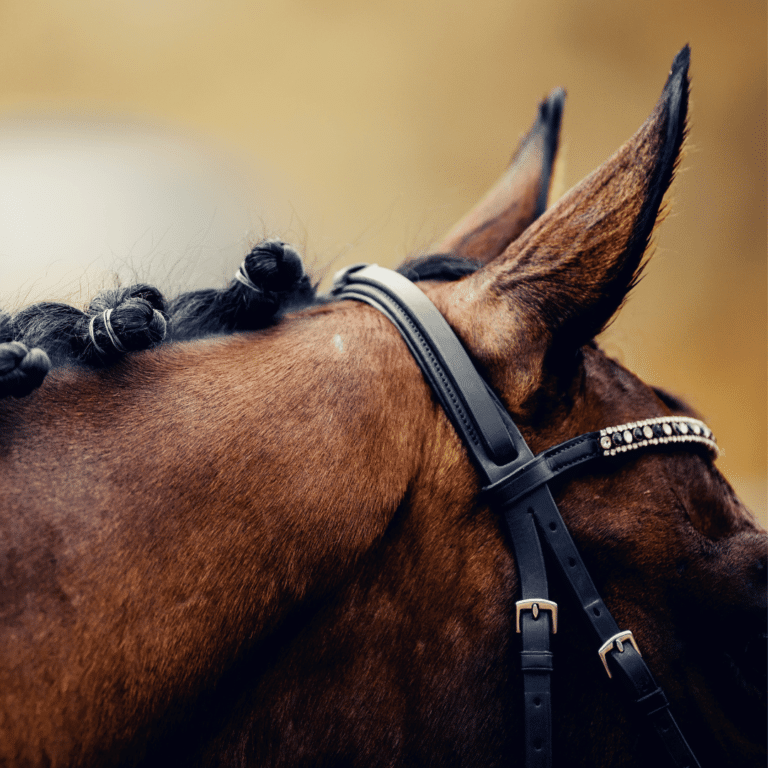
Otitis Externa, Media and Interna Seek veterinary advice if you suspect this disease. Otitis in horses is a rare and
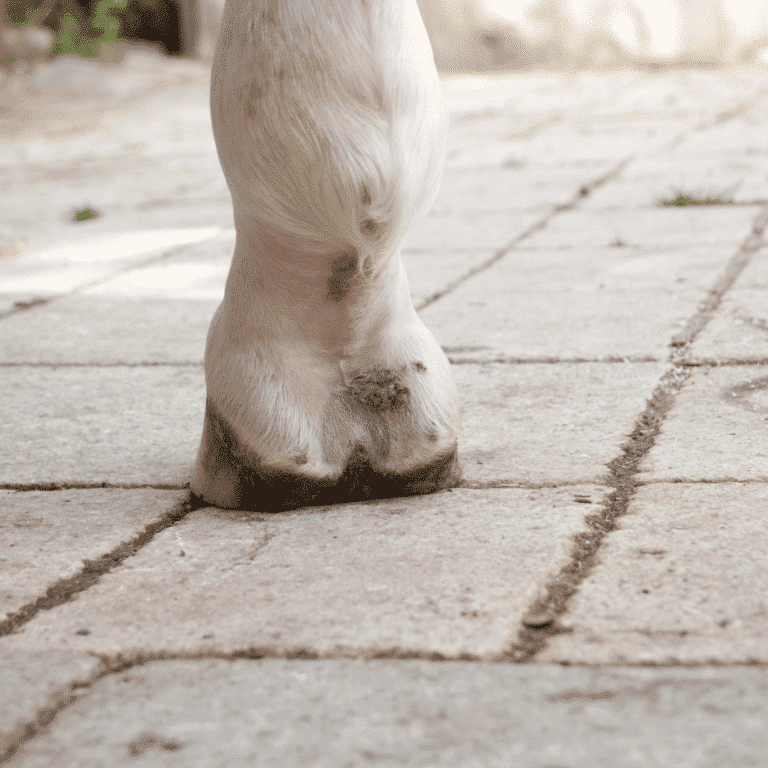
Mud Fever (Pastern dermatitis) Seek veterinary advice before applying any treatment. Mud Fever is often caused by bacteria in wet
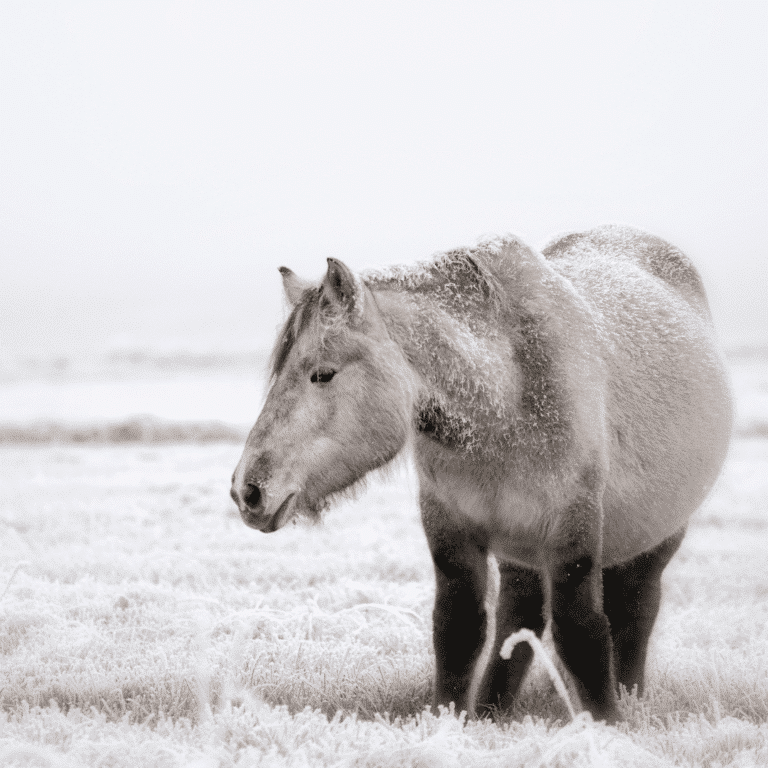
Frostbite Seek veterinary advice if you suspect this disease. Frostbite in horses is a serious condition that occurs when the
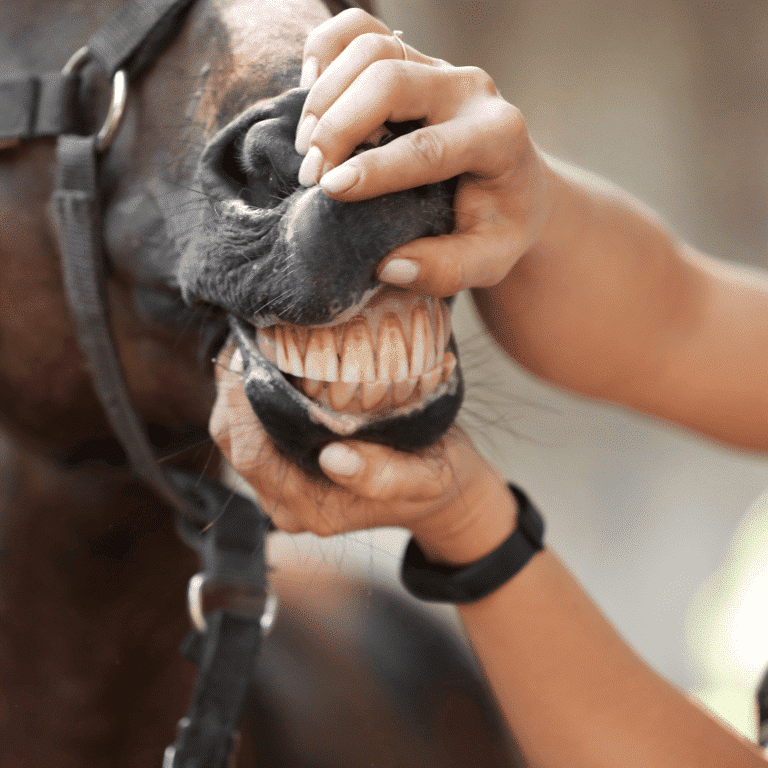
Equine Gum Disease (Periodontal Disease) Seek veterinary advice if you suspect this disease. Periodontal disease is one of the most

Aortic Root Disease This disease is life-threatening and should be treated by a veterinarian swiftly. Aortic root disease in horses
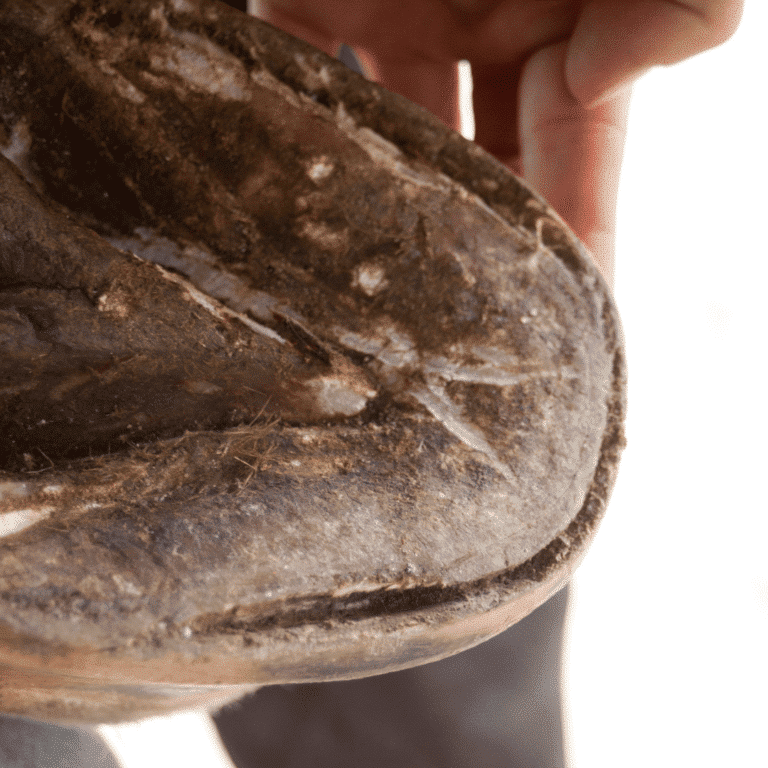
White Line Disease Seek veterinary advice before applying any treatment. White Line Disease is caused by the invasion of fungi
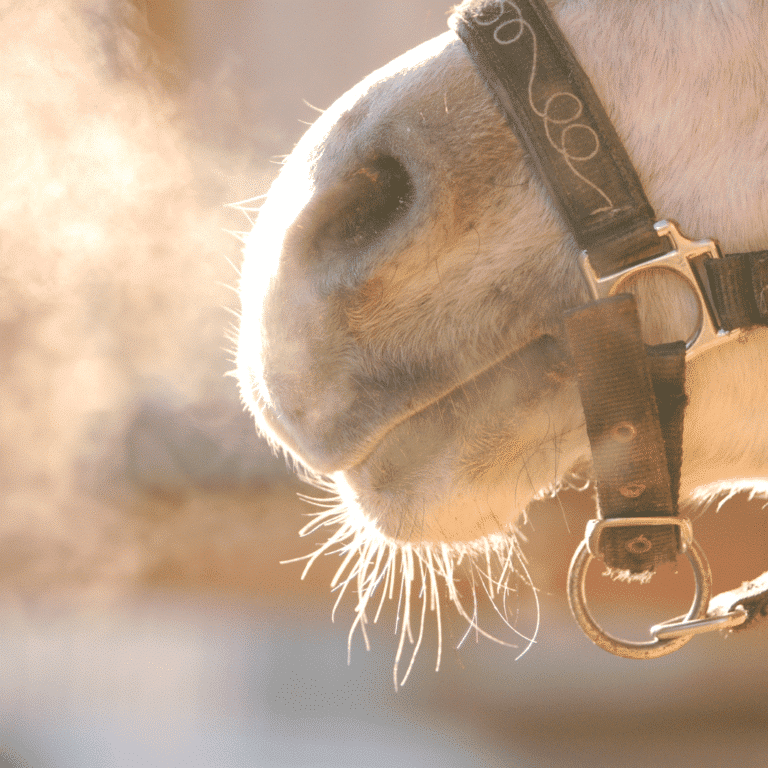
Equine Bronchitis Seek veterinary advice if you suspect this disease. Equine bronchitis, also known as inflammatory airway disease, is a
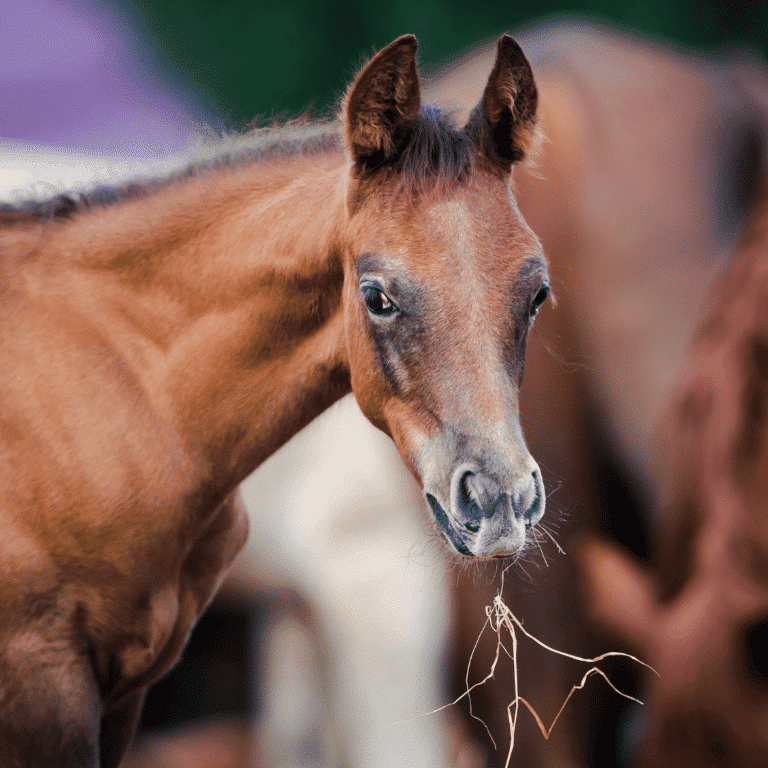
Lavender Foal Syndrome This disease is fatal, and cannot be cured or adequately treated and is expected to result in

Blue-green Algae Toxicity This disease is life-threatening and should be treated by a veterinarian swiftly. Blue-green algae, or cyanobacteria, are

In the world of equine health, few conditions are as perplexing and potentially debilitating as angular limb deformity (ALD). In this article, we embark on a journey to unravel the complexities of ALD, shedding light on its causes, manifestations, and the crucial steps towards effective management and treatment.
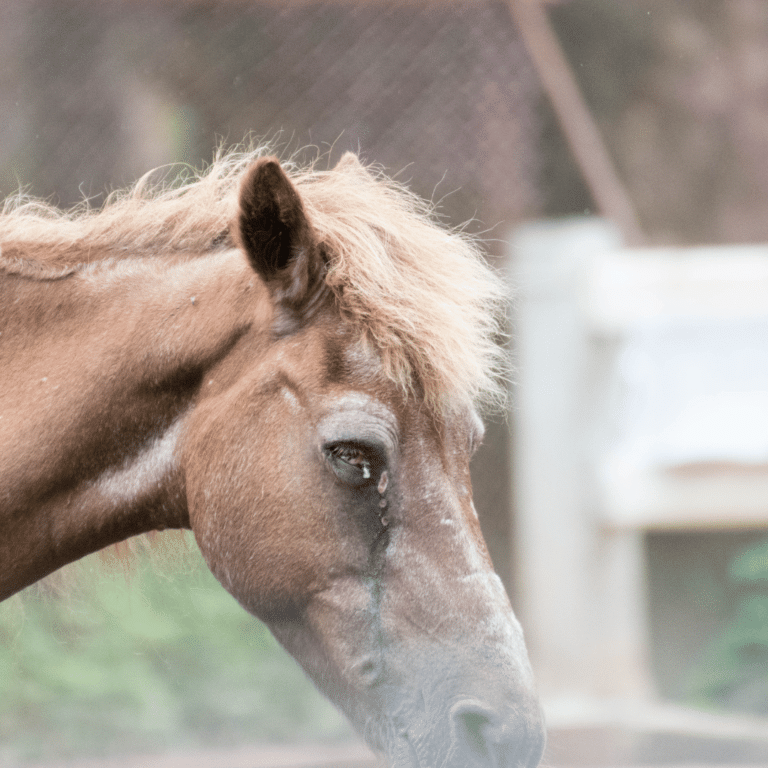
Equine Fungal Keratopathy Seek veterinary advice before applying any treatment Fungal keratitis is an infection of the clear outer surface
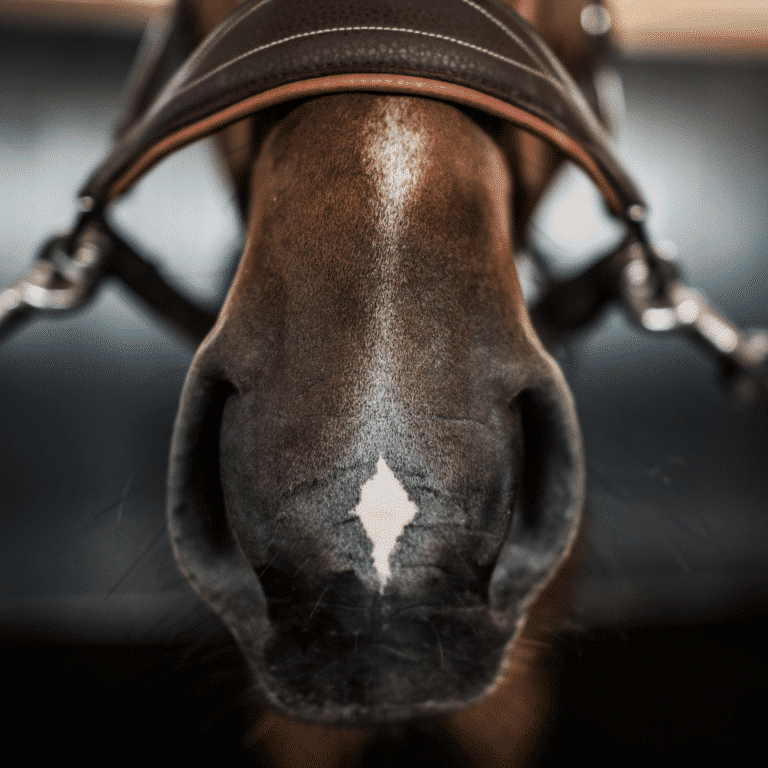
Chronic and acute Equine Sinusitis Seek veterinary advice if you suspect this disease. Sinusitis refers to inflammation or infection of
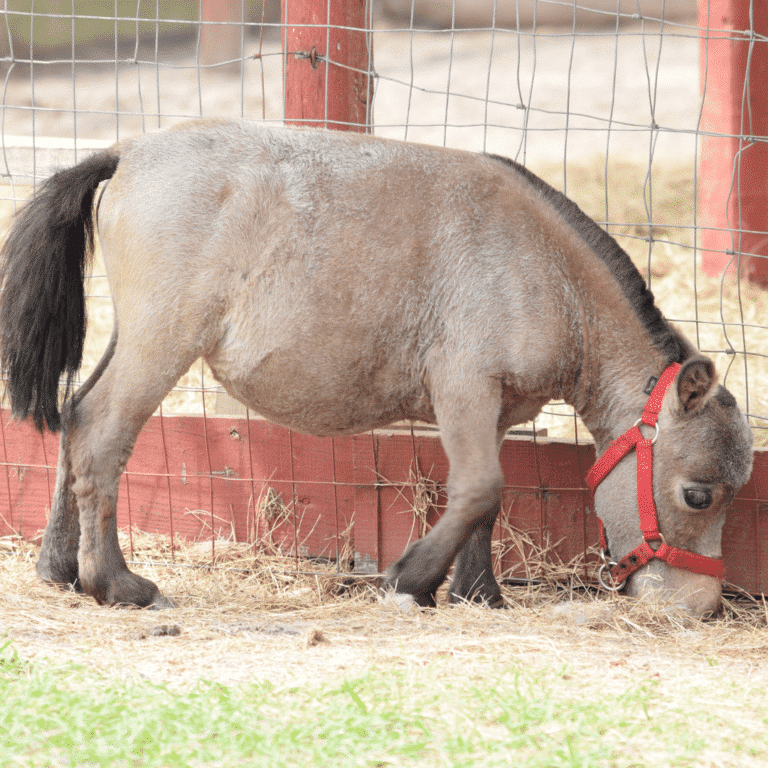
Equine Dwarfism Seek veterinary advice if you suspect this disease. Dwarfism is defined as the “underdevelopment of the body characterised